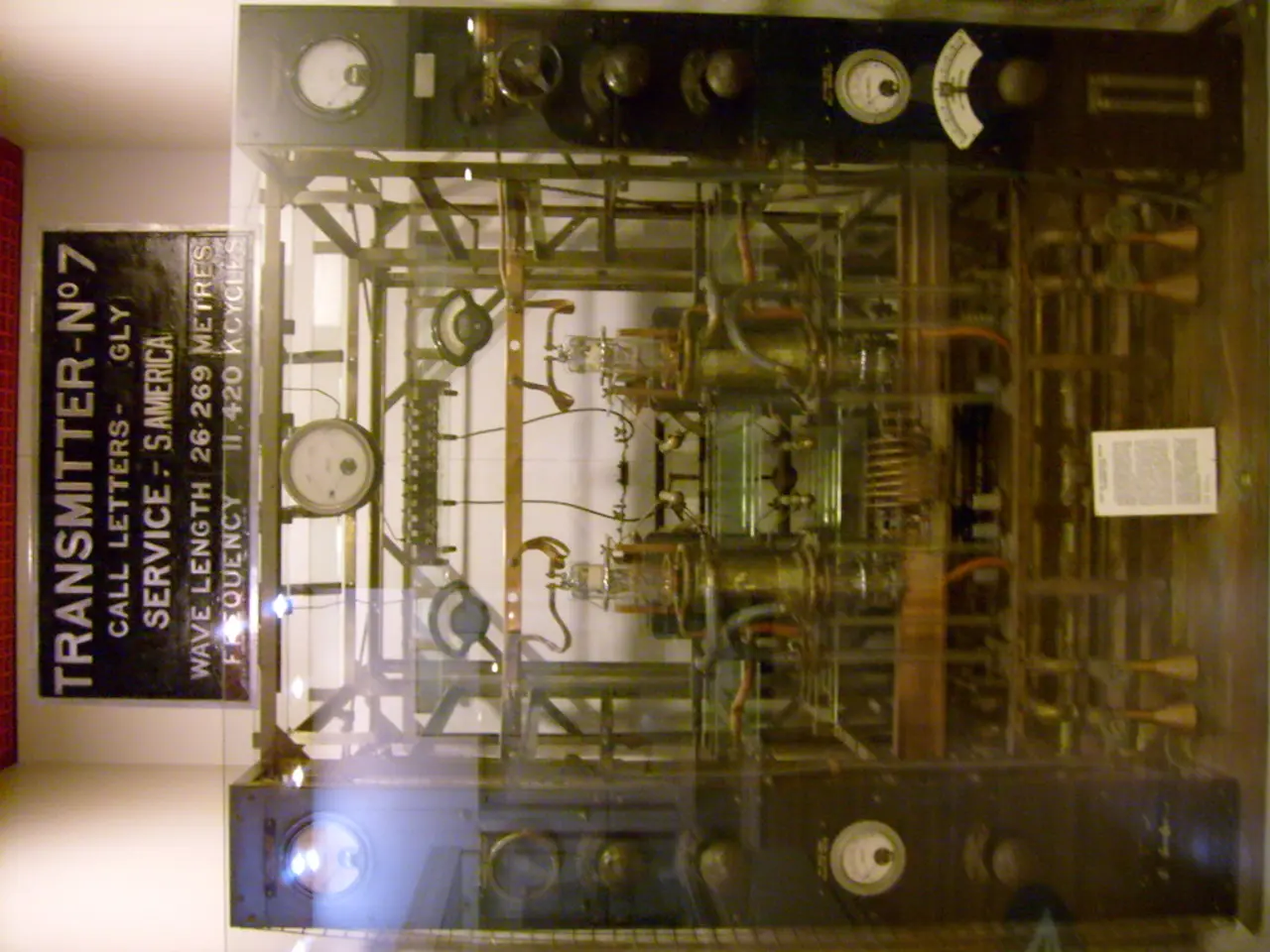Worldwide Measurement Framework
On May 20, 1875, a historic event took place in Paris, France. Representatives from 17 countries gathered to sign the Metre Convention, an agreement that would change the way the world measures things forever. This international agreement aimed to promote the use of a standardised system of measurements, paving the way for the global adoption of the metric system.
One might think that the US, with its common perception of using imperial units, was not among the first to sign. However, the US was indeed one of the early adopters of the Metre Convention. On the other hand, Great Britain initially resisted the Convention during the Industrial Revolution, primarily due to the deep-rooted use of the imperial system in British commerce, industry, and daily life.
However, as more countries adopted the metric system following the Metre Convention, British industries found themselves at a disadvantage in international markets using different units. The need to facilitate international trade and collaboration pushed Britain towards metrication.
The metric system's decimal basis and universal standardization were also recognised as more efficient for advancing science, engineering, and industry. Gradually, British industries, especially those with exports, began using metric units alongside imperial ones for compatibility, which increased familiarity and acceptance.
Eventually, Britain relented and adopted the metric system. The Metric Treaty, signed in 1884, created the International Bureau of Weights and Measures (BIPM), responsible for coordinating worldwide metrology and overseeing developments of the metric system. The BIPM, located in Paris, is an independent territory and not technically part of France.
The Metre Convention was a crucial step towards the global adoption of the metric system. Today, the Metric Treaty has 64 members and 43 associate members. In government and science organisations in the US, the metric system is used, while in industry, imperial units are still prevalent. Australia signed the Metric Treaty in 1947, and New Zealand followed in 1991.
The story of the Metre Convention and the development of metrology was recently celebrated with a presentation about the redefinition of the International System of Units (SI) on May 20, 2019. The presentation was filmed at Unleash Space, Faculty of Engineering, Auckland University, and was produced by the Measurement Standards Laboratory of New Zealand (MSL) and filmed by Jonathon Potton of Chillbox Creative.
The Metre Convention marked the first international agreement to adopt a universal system of measurements, and its impact is still felt today. The Convention was a testament to the importance of standardization in science, industry, and trade, and it continues to influence the way we measure the world around us.
Science and education-and-self-development benefited significantly from the Metre Convention. The international agreement paved the way for a universal system of measurements, which facilitated advancements in science, engineering, and industry, making it easier for researchers and engineers to share and collaborate on projects across borders. As more countries adopted the metric system, the decimal basis and universal standardization provided a more efficient means for measurements, promoting scientific progress and technological innovation.




